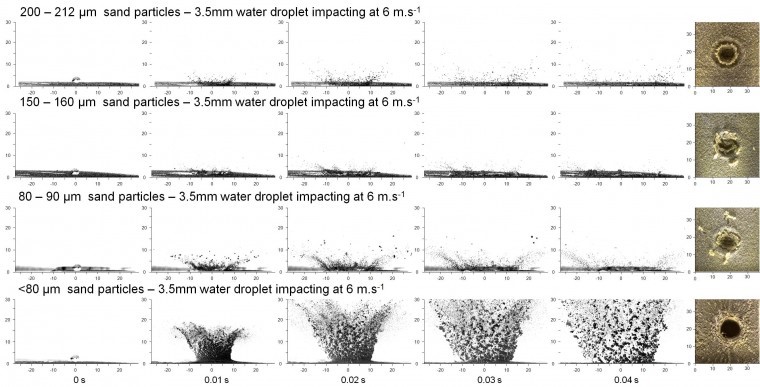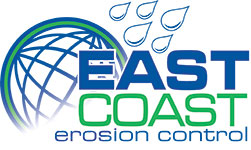Low Impact Development
Erosion control practices play a leading role in effective LID and it is important that you have the products and technical expertise to help you implement these principles.
Transportation departments and public entities are asking site designers and engineers to adopt LID (Low Impact Development) principles at an ever-increasing rate.
Principles of Low Impact Development
At the core of engineering for LID is to use nature as a model, and managing the rainfall at the source – runoff prevention strategy and mitigation. Rainfall is more destructive at the moment of impact. And carries soil, sediment and pollutants with it downstream.

When designing site plans for LID, it is important for engineers to keep four key principles in mind:
- Conserve natural areas whenever possible
- Design to minimize the development’s impact on hydrology
- Design to deaccelerate the run off at the point of impact, maintain runoff rate and retain stormwater on site
- Design to integrate microscale controls that infiltrate, evaporate, store and/or manage runoff close to the source.
Contact Us
At East Coast Erosion, we have a personalized solution for you.
